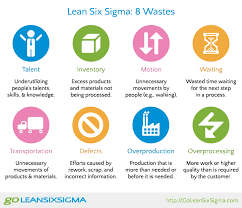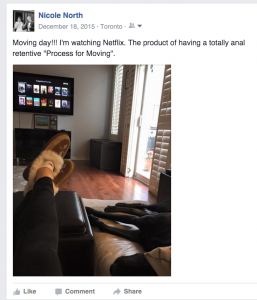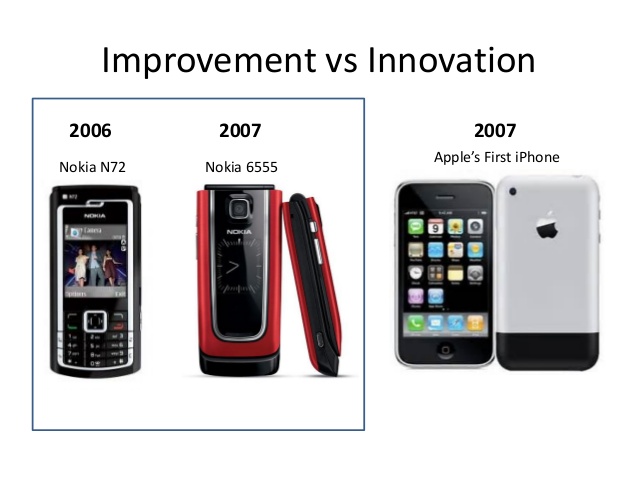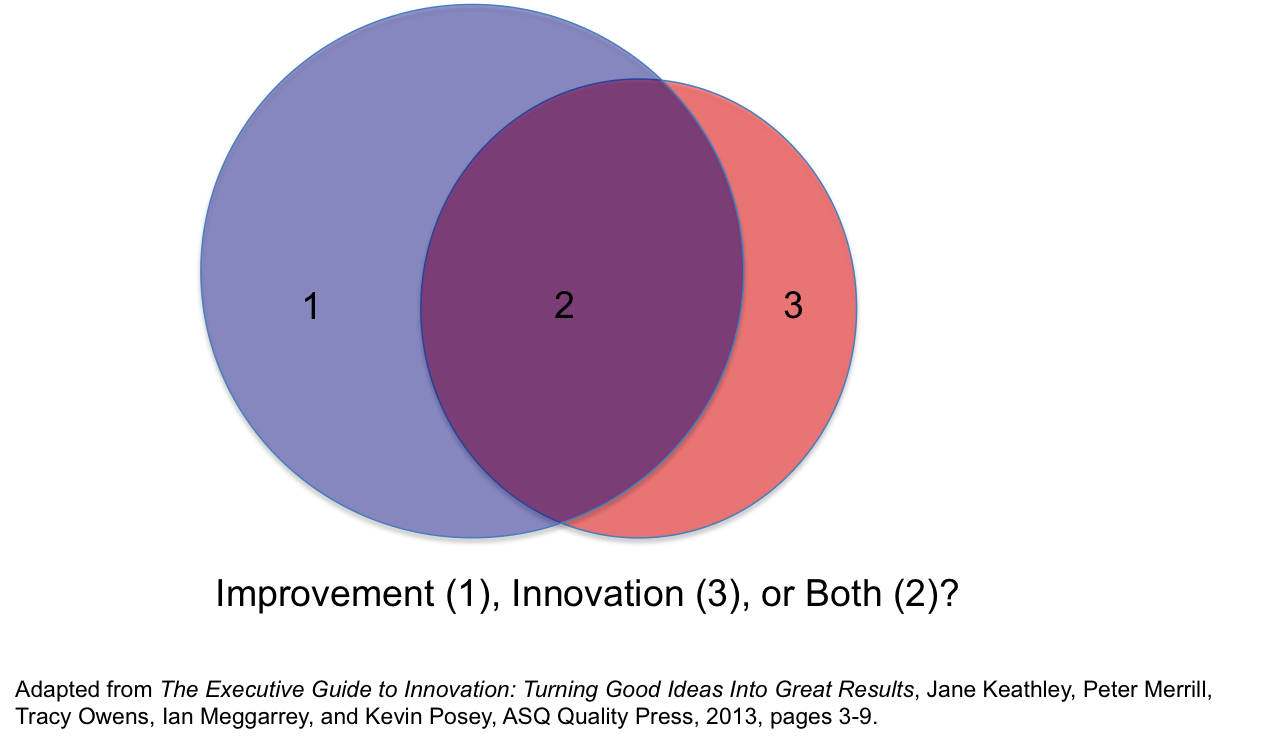Moving is a Process.
Think of your last move. You and your spouse/partner giggling hysterically while you pack boxes. Flirtatiously throwing bubble wrap at one another while you pack? Then after a smooth experience with your moving company, arriving at your new home, giddy with excitement, settling into at least 10 glasses of champagne next to a cozy fire.
If you just snorted or guffawed- you aren’t alone.
What does a living hell look like?
The first thing I did when we bought our new house was open a bottle of wine (it wasn’t going to open itself was it?). Then, being the process geek I am, I began to map the current state of moving that I had experienced in the past. I won’t bore you with the VISIO document. But it sort of went something like this:
Step 1. Buy House
Step 2. Start Packing random stuff.
Step 3. Stop packing for a while because have run out of Cardboard Boxes (so has nearby grocery store).
Step 4. Unpack most of things packed in Step 2 because I needed them.
Step 5. Nearly murder partner/spouse because they have to date packed nothing.
Step 6. Pack frantically and angrily for a number of days.
Step 7. Stop packing. Realize move is still 3 months away.
Step 8. Unpack 90% of Step 6 items while looking for yoga mat that have not used in 3 years but need for “Girls Yoga/Brunch” on Sunday.
Step 9. Realized have not booked movers. Panic. Call first movers that appear on The Google after searching “Movers Toronto”.
Step 10. Begin frantically packing again. Rip 7 boxes because I overpack them and everything falls through the bottom.
Step 11. Stop packing because it is Les Mills Release week and I have to go to every gym class ever.
Step 12. Begin frantically packing.
Step 13. Cancel girls indoor rock climbing date because “I HAVE NO IDEA WHERE THE #&$^#% MY ROCK CLIMBING SHOES ARE.
Step 14-18. Slight wine induced blur of packing, crying, fighting with spouse irrationally, and scramble packing.
Step 19. ARRIVE AT NEW HOUSE!! Look lovingly at spouse/partner and sip champagne for about 13 seconds. Immediately proceed to next step.
Step 20. Unpack frantically trying to get house ready for guests.
Step 21. Repack 70% of items as realize new house does not have closet space.
Step 22. Frantically look for that black top for girls wine night. WHERE THE &#&^#^#^#^ is that TOP?????
Step 23. 6 months later feel settled and have shit together.
So pain. So pain.
So this time, older, wiser, armed with process tools out the wazoo I vowed that this time my move would be better. So first I focused on what I felt were the key pain points (or for us process geeks, two Lean Wastes) for me during this process:

- not being able to find one blasted thing before or after the move, causing packing and unpacking again (OVERPROCESSING)
- running out of boxes/ripping boxes due to overpacking and having dead time where I wasn’t doing anything. (INVENTORY/WAITING)
The first thing I did being the consultant I am – I outsourced. I rented reusable, stackable boxes that come with little labels from (no kickbacks or anything for me, I just found these guys awesome and fast). No running out of boxes. Check!
The next thing I did, was made some space in my garage, and I used huge post-it notes to label each major room in the house (Kitchen, Living Room, Master Bedroom, Master Bathroom etc.)
Next I started packing things that 100% would not be required (i.e. Summer clothes, clothes that no longer fit me yet I am very hopeful that one day I will look like I did when I was 22, shoes that I paid alot of money for however never wear because I work from home in workout wear 98% of the time).
I packed one to two boxes a day. Every day I brought them down to the garage, put them beneath the room they were assigned to, and labelled the box K1 = Kitchen box 1. I then quickly wrote on the post it note on the wall, K1= dehydrator, stand mixer, and baking supplies. This way – when I nonsensically needed to make jerky in a hurry or bake homemade bread for the first time before we moved, it would be simple to find which box it was in.
Champagne Wishes and Caviar Dreams.

Fast Forward 3 months later this was me on moving day. Ha. It was great. The easiest move ever. Check me out with my feet up on moving day!
And then when we arrived at the new house and got ourselves settledd my husband turned to me and said – “Sweetheart, do you know which box the Apple tv is in?”. I gleefully pulled out the post-it notes I had collected from the garage, and promptly announced: “LR11!!” with a huge boastful/gloaty smile. He replied: “Gosh you are an amazing woman!”. We quickly connected to the internet (that I had arranged installation for weeks in advance)and were cozily catching up on our favourite documentary. *
We laughed and giggled, clinked our champagne glasses together, and smiled. Life was good. **
Notes:
*I forgot to to order internet installation. So we didn’t have internet for about 3 days. I’m the worst.
**Actually, I collected the post it notes from the garage and randomly jammed them into an ottoman as the movers were putting it into the truck. I didn’t find the post-it notes until 3 days later. When husband asked for them and I couldn’t find them he may have replied something along the lines of: “You are a total bozo.”
Moral being – there is ALWAYS room for more process improvement – in ANY process. Just imagine using this in a more formal way at the office and you can only imagine the reduction in stress, overtime, and rework!
Tell us about your favourite day-to-day process improvements especially moving @Whiteboardcons #movingisaprocess!
Until next time,
Nicole


